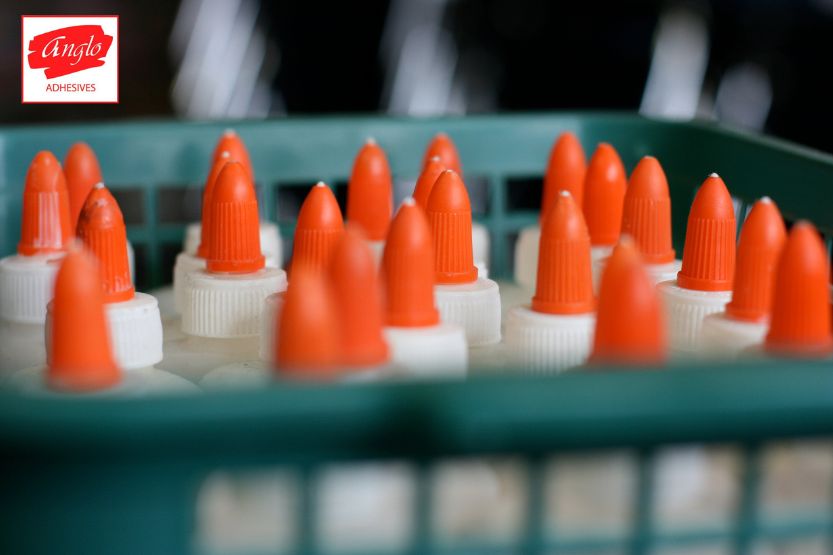Blog
The Science of Strong Bonds: Understanding the Basics of Adhesion

Strong Bond Adhesion, the phenomenon responsible for keeping materials together, is a fundamental principle that shapes various aspects of our lives, from the products we use to the structures we rely on. This intricate process involves a complex interplay of forces and properties that determine whether a bond will be strong, durable, and reliable.
In this article, we’ll explore the essential elements that constitute the science of strong bonds, focusing on surface energy, wetting, and adhesion mechanisms.
Surface Energy: The Foundation of Strong Bond Adhesion
At the heart of adhesive bonding lies the concept of surface energy. Surface energy is the measure of the strength of molecular attraction on a material’s surface. Think of it as a form of “stickiness” that dictates how well a substance adheres to another. Surfaces with high surface energy have strong molecular attractions and readily bond with other materials. On the other hand, surfaces with low surface energy repel liquids and exhibit poor adhesion.
Wetting: Bridging the Gap
Wetting is the process through which a liquid adhesive spreads across a solid surface. It’s a critical step in creating a strong bond because it ensures intimate contact between the adhesive and the substrate. The degree of wetting depends on the balance between adhesive and cohesive forces within the liquid, as well as the interactions between the liquid and the solid surface.
When an adhesive wets a surface effectively, it means it has a low contact angle—the angle formed at the boundary between the adhesive and the substrate. A low contact angle indicates that the adhesive is spreading uniformly and maximising contact, which leads to better adhesion. In contrast, a high contact angle suggests poor wetting and reduced bonding efficiency.
Strong Bond Adhesion Mechanisms: Forces that Hold Us Together
Adhesion mechanisms encompass the various forces that enable materials to stick together. These mechanisms include mechanical interlocking, adsorption, chemical bonding, and van der Waals forces.
Mechanical Interlocking: This mechanism involves the physical penetration of adhesive molecules into the substrate’s surface irregularities, creating a mechanical bond. Think of it as a key fitting into a lock, with the surface’s contours providing anchoring points for the adhesive.
Adsorption: In adsorption, adhesive molecules adhere to the substrate’s surface through weak molecular interactions. This can involve electrostatic interactions, hydrogen bonding, or van der Waals forces.
Chemical Bonding: Covalent or ionic bonds form between the adhesive and the substrate. This mechanism results in high-strength bonds that are difficult to break.
Van der Waals Forces: These are weak forces that arise due to temporary fluctuations in electron distribution within molecules. Despite their weakness, van der Waals forces play a significant role in adhesion, especially on a microscopic scale.
Conclusion
From industrial applications to everyday products, the science of strong bond adhesion continues to shape the way we design, build, and innovate. For all things adhesive, be sure to contact Anglo Adhesives.